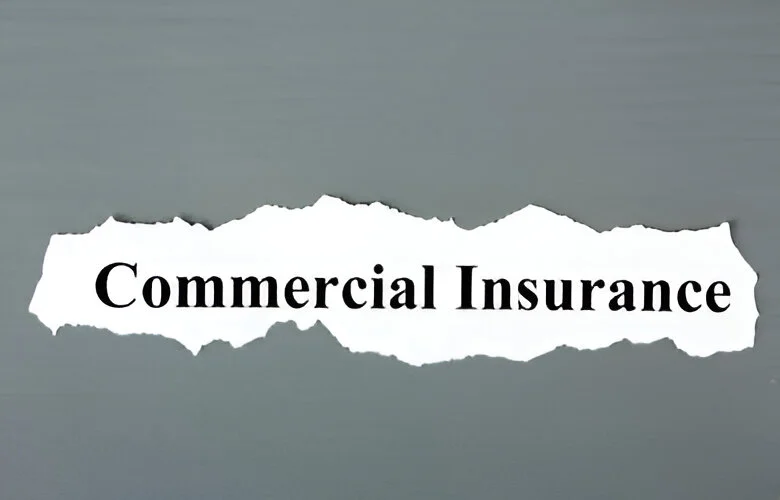Understanding the Need for Disaster Protection
Understanding the need for disaster protection is crucial in today's ever-changing climate conditions. While it's easy to think "It won't happen to me," the reality is that natural disasters occur frequently and can happen anywhere. From hurricanes to wildfires, these events cause significant damage, leaving behind a path of destruction that can cost thousands, if not millions, of dollars to repair.
Acquiring appropriate disaster protection insurance isn't just about safeguarding your home—it's about securing your financial future. Without adequate coverage, you could be left to shoulder the hefty costs of rebuilding and recovery alone, potentially leading to financial destitution. Hence, disaster protection serves as a critical buffer, providing the financial support necessary to help you and your family recover and rebuild in the wake of a catastrophic event.
Assessing Geographic Risk Factors
In assessing geographic risk factors, it is crucial to understand the potential types of natural disasters that may affect your area. Every region has its unique set of risks, varying from high probabilities of earthquakes in seismic zones to frequent occurrences of hurricanes in coastal areas. Historical climate data, flood maps, and geological surveys can be valuable resources for assessing these risks.
For instance, if your home is situated in a flood-prone region, opting for a policy that includes flood coverage becomes imperative. Similarly, those residing in areas known for wildfires should ensure their insurance plan covers fire damage. It is also worth considering the potential for less common disasters, such as landslides or volcanic eruptions, depending on your location.
Some insurance companies may exclude certain types of disasters from their standard policies, especially if your home is in a high-risk area. Therefore, it's necessary to review your policy thoroughly and consider supplemental insurance if needed. By understanding your geographic risk factors, you can choose an insurance policy that provides comprehensive coverage for the disasters most likely to impact you.
Types of Insurance for Disaster Protection
- Homeowners Insurance: This is the most common type of disaster protection insurance. It usually covers damage caused by disasters such as fire, thunderstorms, and hail. However, it typically does not cover damage from floods or earthquakes, which need separate policies.
- Flood Insurance: This is essential if you live in an area prone to flooding. Standard homeowners policies do not cover flood damage, making it necessary to purchase separate flood insurance.
- Earthquake Insurance: Similar to flood insurance, earthquake insurance needs to be purchased separately as most standard homeowners policies do not cover earthquake damage. This is especially important if you live in earthquake-prone zones.
- Hurricane Insurance: In coastal areas, where hurricanes are a regular occurrence, having a specific hurricane insurance policy can be vital. It usually covers damage caused by wind, rain, and hail.
- Renters Insurance: For individuals who rent their homes, renters insurance can cover personal belongings in the event of a disaster. It's important to note that while this protects the renter's belongings, it does not cover the actual dwelling.
- Mobile Home Insurance: This type of insurance is specifically designed for mobile homes, providing coverage for the unique risks associated with them. It typically covers disasters such as fires, hail, vandalism, and certain types of water damage.
By understanding the types of insurance available for disaster protection, you can tailor your coverage to fit your specific needs, ensuring that you're adequately protected in the event of a disaster.
Reith & Associates is skilled in strategically assessing your unique risk factors and aligning them with the most suitable disaster protection insurance. Our seasoned advisors can provide tailored advice to secure the optimal coverage that safeguards your property and financial stability against potential natural disasters.






.png)





.jpg)
.jpg)

.jpg)




.png)
.png)








.png)







